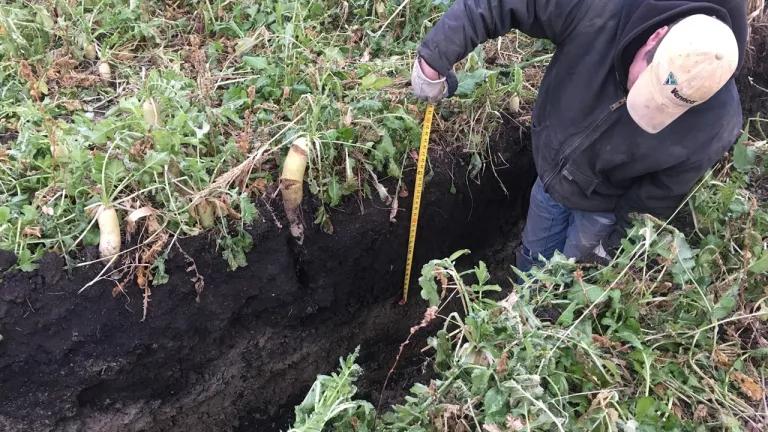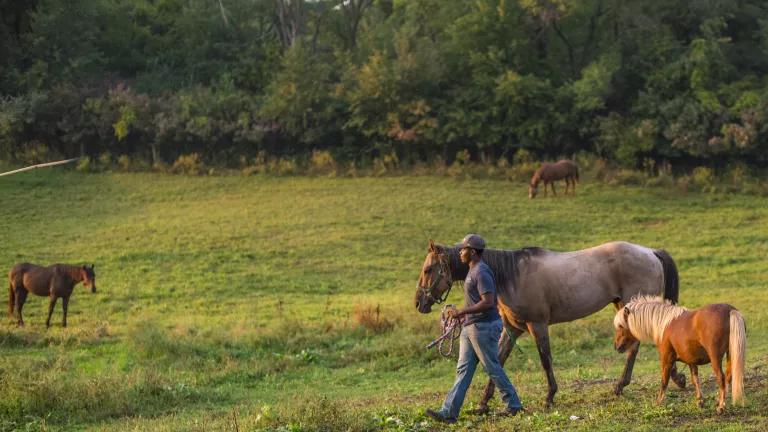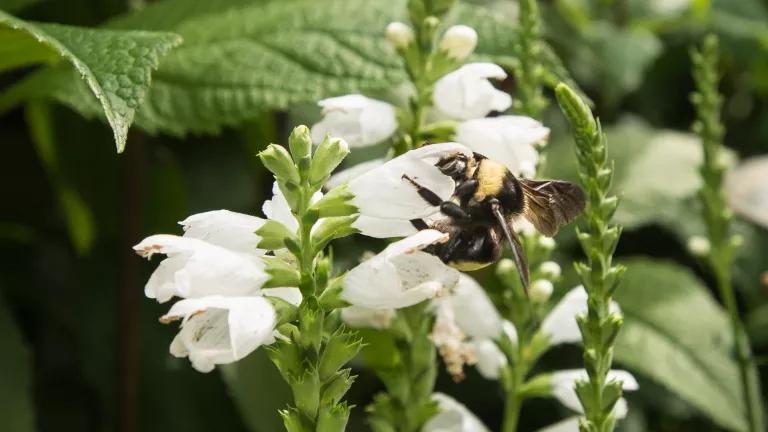Historic Dead Zone Follows Bad Year for Midwestern Farmers

Midwestern farmers have had a tough go of it this year. A deluge of precipitation across the region has made it impossible for many farmers to get in the field and plant their crops, leading to historically low percentages of crops planted this season. Adding to their challenges, low prices and trade wars are causing some farmers to wonder how they are going to make ends meet this year.
But the damage caused by the devastating floods doesn’t stop at the edge of the field. Scientists expect that the spring flood waters carried massive amounts of fertilizer down the Mississippi River into the Gulf of Mexico, where it will cause an overgrowth of algae this summer. The algae will then die, decompose, and suffocate marine life. This “Dead Zone” in the Gulf is an annual occurrence, but like everything else so far this year, 2019’s Dead Zone is expected to be one for the record books, with high estimates putting it around the size of Massachusetts.
Years like this one highlight the important role public policy plays in creating a safety net for American farmers, and also help us see where there are holes in that net. For example, even with massive public investment in programs like Federal Crop Insurance, this year will be a struggle for many farmers, and Dead Zones pop up in the Gulf on an annual basis, even when precipitation is at more normal levels.
So what could we do differently?
- Combat climate change: This year’s spring floods are exactly the type of intense precipitation events that scientists predict will become more common due to climate change. Farmers are on the frontline of the climate crisis, and they are also important partners in implementing solutions to climate change. Until we address climate change, our farmers, rural communities, and food supply will continue to suffer.
- Encourage cover cropping: Cover crops are planted in between growing seasons to protect and restore the soil. They provide a host of environmental and agronomic benefits, including moisture regulation. Their roots help filter water down into the soil, allowing some farmers who planted cover crops last fall earlier access to their fields this spring, and potentially higher yields at harvest. They also help trap and store any leftover nitrogen from the previous year’s crop, preventing Dead Zone-causing water pollution. That’s why states like Illinois and Iowa are offering rewards to farmers who plant cover crops. Other states and the Federal Crop Insurance Program should consider offering similar incentives for farmers who use cover crops.
- Promote diverse cropping systems: Diversification is another strategy that some farmers use to help them become more resilient to extreme weather risks. Corn and soybeans have about a two-month ideal planting window; planting outside of that timeframe can lead to reduced yields. So if a farmer has only corn and soybeans in his operation, and it’s raining the entire two-month planting season, that is a tough situation to be in. That’s one of the reasons that some farmers are starting to introduce a third or fourth crop, or even livestock, into their rotations. It provides them more flexibility if conditions are not good for corn or soy, and also provides a hedge against low prices for those two crops. Furthermore, research out of Iowa State shows that switching to a 3- or 4-crop rotation can dramatically reduce chemical inputs, potentially improving water quality outcomes and reducing input costs for farmers. But farmers who want to diversify their operations face many barriers, from crop insurance challenges to access to infrastructure to market their additional crops. Policies like Whole Farm Revenue Insurance and commitments by companies like General Mills to secure a market for alternative crops are two examples of how we can create better conditions for farmers who want to diversify their operations.
- Protect areas that can’t be planted: All the cover crops in the world won’t help with your corn planting if your field is several feet underwater due to flooding. But when the flood waters subside, what’s to become of the acres of farmland that couldn’t be planted this year? If left bare, those acres will be exposed to the elements and prone to the runoff and erosion that can worsen the Dead Zone. Farmers who were unable to plant a commodity crop this year should consider protecting their soil with summer cover crops; however, Federal Crop Insurance rules surrounding cover crops on prevented planting acres can be quite complicated. Those rules should be simplified, so that all farmers who are unable to plant their commodity crops can feel comfortable protecting their fields.
- Create new revenue streams for farmers: Farms produce more than just crops. They can filter and store water in soil, provide wildlife habitat, and sequester carbon. Unfortunately, the Gulf Dead Zone viscerally demonstrates how agriculture is also responsible for producing environmental harms, like nutrient pollution. Our current agricultural system sends a misguided financial signal to farmers, who are generally only compensated for the commodity crops they produce, not for any of the “ecosystem services” they are capable of providing. This is a missed opportunity for public investment. New programs such as the Soil Health Demonstration Trial that was authorized by the 2018 Farm Bill provide an opportunity to create a weather-resistant revenue stream for farmers, and steer public investment in agriculture to practices that will prevent the Gulf Dead Zone, not cause it.
As a country, we have an opportunity to invest in a food system that simultaneously protects farmers from price swings and precipitation woes, and that helps address the root cause of the annual Dead Zone in the Gulf of Mexico. We know what we need to do. What are we waiting for?




